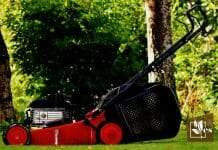- When Are Raspberries Ready to Pick: A Comprehensive Guide for Gardeners - July 11, 2024
- When Are Red Delicious Apples Ready to Pick: Essential Harvesting Tips - July 11, 2024
- When Are Snow Peas Ready to Pick: Essential Harvest Tips - July 11, 2024
Belt dressing alternatives are available in the market, and even in your homes, some commonly used options include super tech automotive & small engine belt dressing, Berryman 0807 tite-grip belt dressing 7 oz. can.
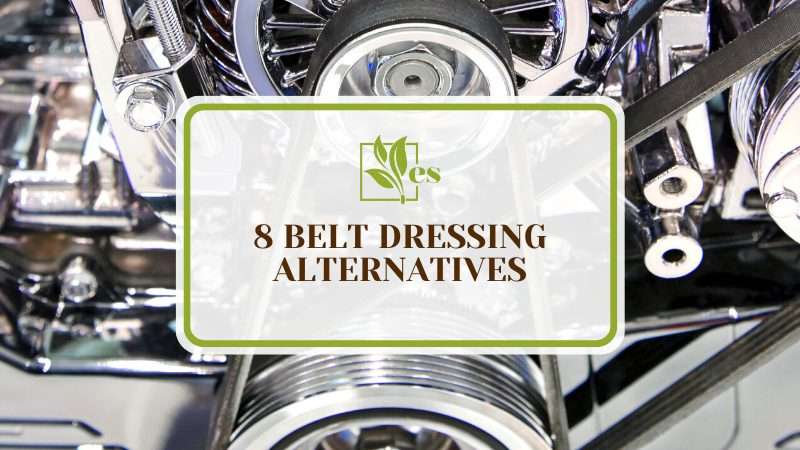
Which fan belt dressing alternative would you go for is a decision between belt dressing good or bad is surprisingly controversial; some people swear by the products while some refuse to go near them.
Continue reading to know the answer as there are plenty of belt dressing sprays that can be used as an alternative and provide the same result.
JUMP TO TOPIC
List of Different Types of Belt Dressing Alternatives
1. Silicone Spray
![]()
| Benefits |
|
| Uses |
|
| Distinguish Characteristics |
|
| Care | Do not expose it to extreme sunlight or temperatures |
The spray is mostly used on heavy-duty equipment, and it can be sprayed on different material such as on wood and on plastic, doesn’t necessarily need a metal surface. It dislocates moisture and provides phenomenal lubrication, thereby protecting and extending the durability of your tools and equipment.
This spray, being silicone-based, has a wide use on the rubber components like pipes, window seals, belts, and plumbing fastenings. You can also use it on metals, plastic, and wood without worrying about stains.
The qualities of the silicone-based spray do not end here, this is because the lubricant protects your tools or equipment from rust and acts as a great dust and oil-repellent. It is a good way of removing the damaging residues created due to dirt build-up. In short, this is the type of lubricant that helps everything stay clean and conditioned, enhancing its function.
The product works as an effective serpentine belt dressing alternative. Most mechanics suggest spraying silicone onto the belt to eliminate the squeaking noise. Some other alternative silicone-based sprays recommended by mechanics include the permatex 80073 belt dressing & conditioner. These sprays lubricate and waterproof the mechanical equipment, and it is specialized because they also reduce friction and inhibit the locks, doors, and windows from clamping.
2. VS WD-40
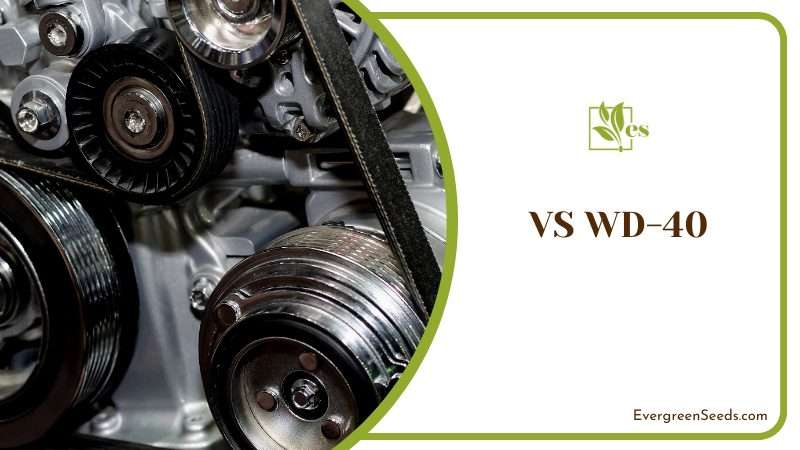
| Benefits |
|
| Uses |
|
| Distinguish Characteristics | Cannot be used for a longer period of time |
| Care | Do not expose it to extreme temperatures |
With lots of options available in the market, you must be wondering and asking yourselves can I use wd40 as belt dressing alternative?
Yes, you most certainly can, and this is because it is one of the widely used silicone-based sprays on serpentine belts. However, it damages the belts if used for prolonged periods of time, although it is made to protect the power tool.
3. Graphite Powder
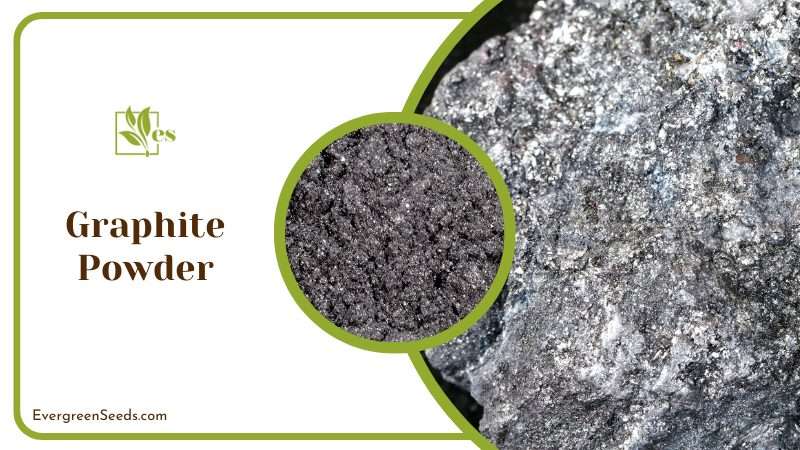
| Benefits |
|
| Uses |
|
| Distinguish Characteristics |
|
| Care | Do not use it in excess |
The lubricant is widely used in the industrial sector, basically the graphite powder is also an effective lubricant and is the same material used in pencils and brake discs. It is oil and grease-free and contains micron-sized graphite particles, and these are the ones that give it the durability to withstand different situations.
These particles are not affected by water, oil, or certain harsh chemicals and show resistance against rust, dust, dirt, and other foreign particles. You can apply the lubricant to fasteners, hinges, nuts, switches, and springs; however, make sure you do not spread it too much.
On another note, this dressing alternative does not leave a build-up wherever it is used and acts as a great lubricant at extreme temperatures resisting slipperiness. The powder takes care of all your worries about metal-to-metal friction as it withstands the deterioration caused to the equipment. You only require applying a thin layer of the lubricant, and it does not need any reapplication, and in this case, the thin layer is enough to prevent rust and corrosion.
4. Teflon Spray
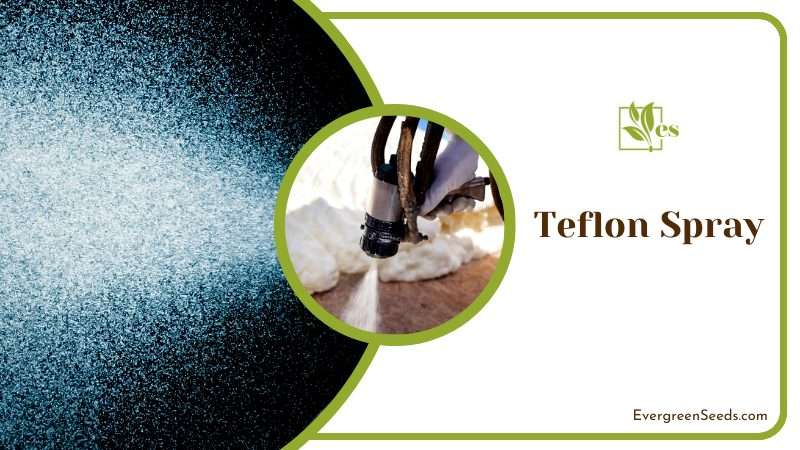
| Benefits |
|
| Uses |
|
| Distinguish Characteristics | Great for surfaces that cannot tolerate wet lubricants |
| Care | Do not expose it to extreme wind |
It is quite popular for its use in the automobile industry, and the spray prevents wear and tear, which helps to prolong the parts, which means it would reduce friction. For example, ball bearings face a lot of grinding because of the nature of their use, but a fine coating of Teflon spray, would reduce the friction and scratches face them.
The spray is non-toxic and is used in environments that cannot tolerate wet lubricants. Paper mills and bakeries are common examples of such environments, it is ultimately applied on pivots, links, and pulleys to extend the component life. Although this spray could also be used for its anti-stick properties on slides because it comprises a high-level sub-micron that provides very light yet long-lasting protection; moreover, it would also provide short to medium lubrication.
On another note, the spray is quite popular because of its strength and adaptability, especially with a low coefficient of friction it is waterproof. Lastly, another benefit that it has is how this spray’s particles can withstand the harshest of summers and the coldest of winters without compromising any of its properties.
5. Belt Conditioner
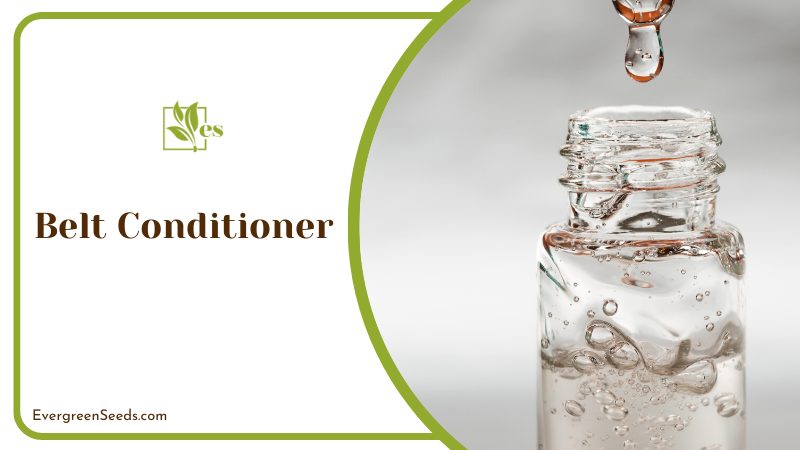
| Benefits |
|
| Uses |
|
| Distinguish Characteristics | Spraying upon the area |
| Care | Allow it a few hours to get absorbed into the belt |
Dressing belt and belt conditioners serve the same purpose. It suits all belts, including serpentine, flat, and v-type belts. The conditioner prevents slipping and glazing and effectively removes stubborn rust, oil, and grease. Basically, this is very easy to use, because all you must do is apply it on the surface, and it will prevent slipping. If oil comes out from your mower you can easily use this to remove any oil spilled on your mower.
A belt conditioner stops the squeaking belt by softening it and then moistening it. What you should do is apply it to both sides of your belt and allow the boat a few hours to soak it in before you reapply it. However, one thing to keep in mind is that you should not be alarmed by a loud squeak when you put it back on; this is because it goes away as you run the vehicle.
A common example of a belt conditioner is the crc belt conditioner 05350 which can be used in place of crc food grade belt dressing 03065. It is an effective conditioner used to tone down and eventually kill the squeaky belt noise and improve its quality. It is easy to use. All you need to do is spray a thin layer on any belt of your vehicle and let it do its wonders.
6. Bar Soap
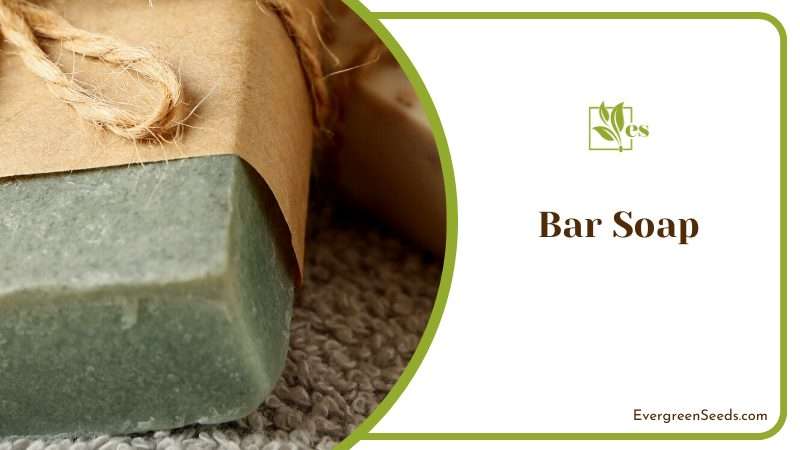
| Benefits |
|
| Uses |
|
| Distinguish Characteristics | It can be used to lubricate parts other than the belt |
| Care | Do not apply when the engine is hot |
It is a perfect choice when you do not have any other available.
Using sprays is easy, but how do you use a bar soap to kill the squeaking noise of the fan belt?
Start by turning off the engine before you touch anything, and then you should be surrounding the area around the engine and fan’s belt is quite hot, so be careful while carrying out the process.
The application is very simple, and this is one of the cheapest alternatives; all you must do is to grab your soap bar and slowly rub it on the accessible parts of the belt. It can lubricate components like the alternator, compressor, power steering, and water pump.
However, it is a temporary adjustment, meaning you must take your machine to the nearest mechanic and let him diagnose the actual problem, so basically, this is the first step for such a short period, and then assess the issue more carefully.
7. Candle Wax
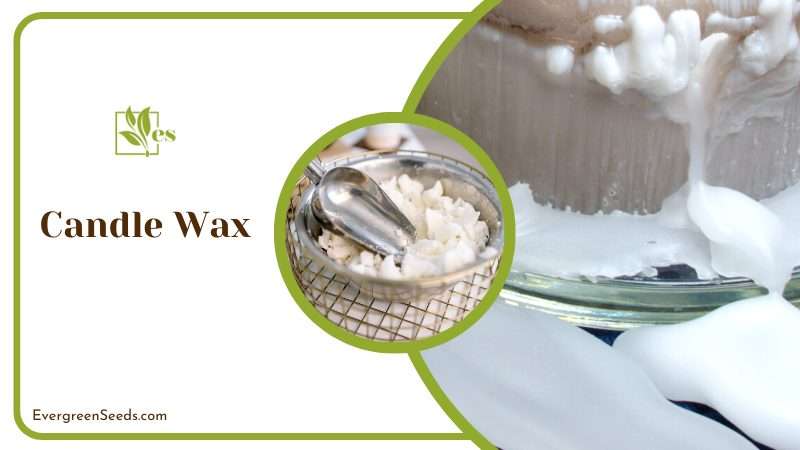
| Benefits |
|
| Uses |
|
| Distinguish Characteristics | Provides moisture to the belt quickly |
| Care | Do not apply a thick amount |
As strange as it may sound, candle wax is a good lubricant that can quiet down the vehicle’s squeaky components. It is readily available and does not need to be used in a thick layer. You do not necessarily have to buy a new one for this purpose; a half-burnt candle does the job fairly well, and this is such a great option because it will help you in the process by being a cheap alternative that is available.
A single layer is enough to provide moisture to the noise-causing parts of your vehicle. Since the wax solidifies to form a protective layer, it removes impurities like rust, dust, dirt, etc. It softens the affected place, helping it to glide smoothly without causing too much noise.
8. Deodorant
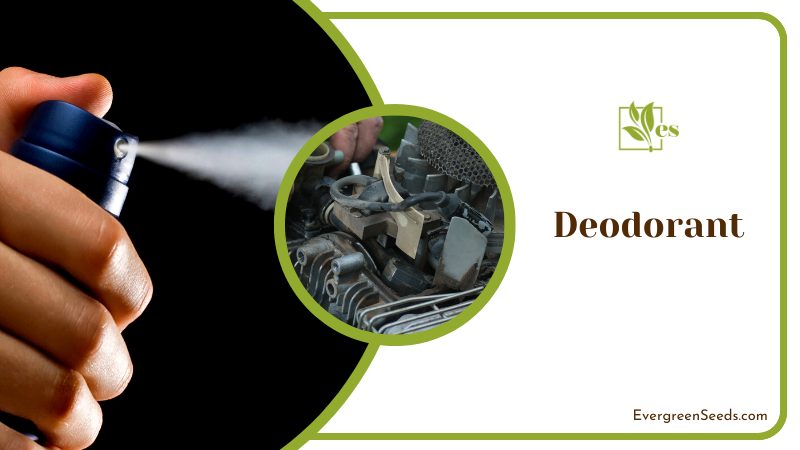
| Benefits |
|
| Uses |
|
| Distinguish Characteristics |
|
| Care | Do not let it harden as it becomes difficult to take off |
We all have a deodorant handy. It acts as a great belt-dressing alternative because of its lubricating properties. Whenever you have a squeaky noise coming from your engine, simply apply your trusted deodorant on both sides of the drive belt. It eases the contact between the belt and the pulleys and calms the noise to a greater extent.
However, using deodorant as an alternative is short-lasting. It does get rid of the sound for some time as the belt gets softened and moisturized from both sides, but after an hour or two of running the vehicle, you will notice the same sound coming again.
Furthermore, deodorant gets hard with time, making it difficult to get it off the belt and the other nearby components. Therefore, you can only use it as a temporary fix, but to make things smoother, make sure that you wouldn’t apply too much of it.
We also created a few guides about charging your mower’s battery and fixing your mower’s air filter if it is soaked in oil.






